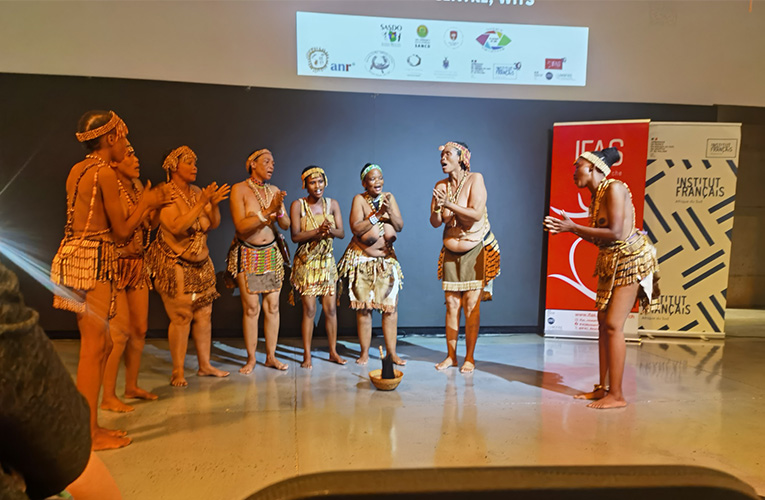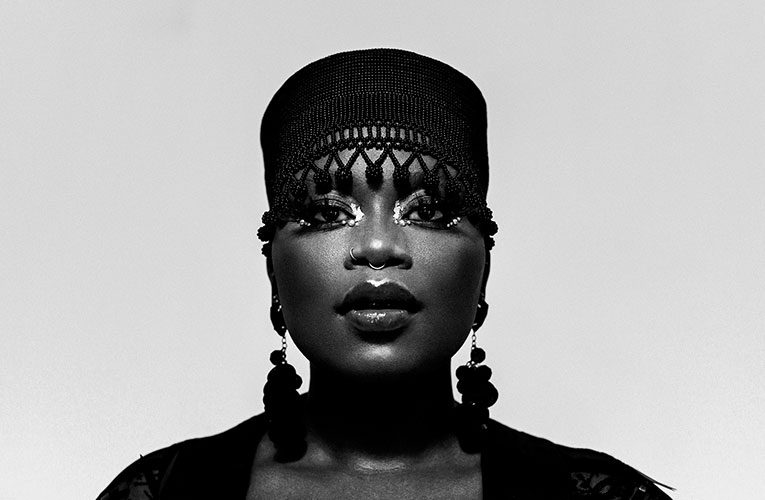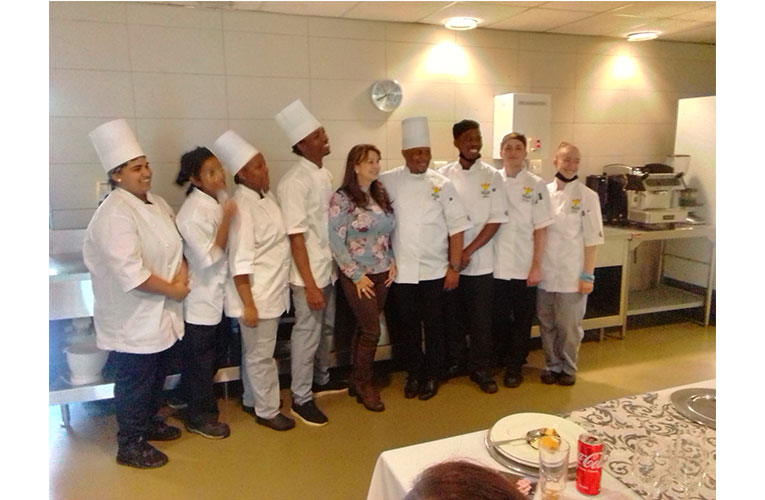Chef Siya leading Junior Culinary team to African Culinary Cup competition in Abu Dhabi
The Young chefs cooked a lunch storm for invited guests at the University of Johannesburg ahead of their departure on May 28, 2022.
By Edward Tsumele, CITYLIFE/ARTS Editor
When the call eventually came through from Chef Siya Kobo on Thursday, May 19, 2022, inviting me to a special lunch at the University of Johannesburg, I was glad for several reasons, chief among which is the fact that for what must have been three years now, he had threatened to sit down with CITYLIFE/ARTS to share his inspirational culinary journey. Another reason of course is that he is taking South African Junior Culinary team, comprising a group of four talented young culinary artists to Africa Culinary Cup to Ab u Dhabi, Dubai, leaving on November 28, 2022. These young culinary minds will compete with other culinary artists from the rest of the African continent and the Middle East. Another very important reason was of course that I was hungry as I had skipped breakfast in preparation for this lunch at the University of Johannesburg School of Hospitality, held in the South African Chef’s Office within the university premises.
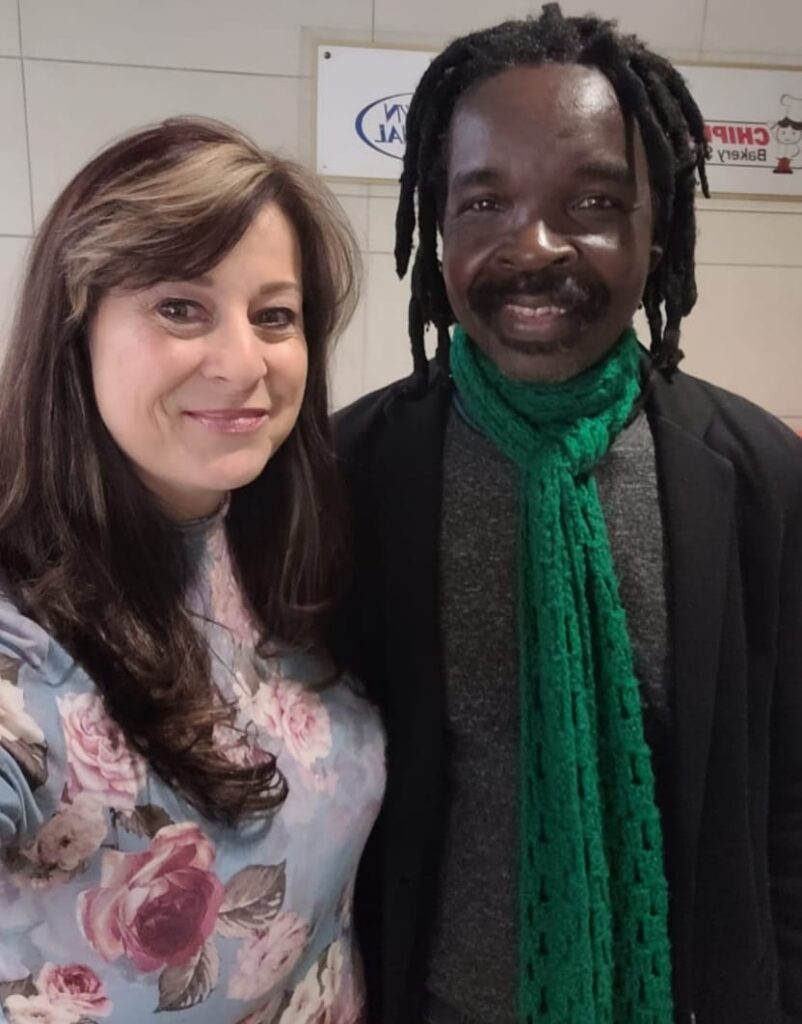
Really who would want to spoil the prospects of a great meal from the seven finalists chosen from a national cooking competition, and of whom four will be leaving with Chef Siya as he is called in the industry to represent the category of Junior Chefs in South Africa at the competition? This is one of the world’s most prestigious cooking competitions.
And so come Friday May 20, 2022, I made my way to UJ and joined 10 others comprising big names in the food sector, such as chefs and those servicing this sector in their different capacities, such as suppliers. The seven finalists, supervised by their mentor Chef Siya were ready to cook and serve us lunch, whose menu was deliberately African in theme. This is the same menu the four young chefs picked out of the seven will be taking to the competition and Chef Siya’s influence in the choice of the menu is written all over the place. At the time the four had not been chosen, and Friday’s lunch was the last training session before the judges pick their young chefs to represent South Africa at the competition.
Chef Siya is a man known for fighting very hard in the local culinary sector for African food to take its pride of space within the fine dining space in South Africa, often dominated by other culinary cultural experiences, often to the marginalization and exclusion of African dishes.
I know this because before Covid-19-hit our shores in 2019, Chef Siya had opened a promising African food restaurant attached to the famous Curiosity Back Packers in trendy Maboneng, East of Johannesburg. His place which had just opened had increasingly started attracting an interesting audience of mainly tourists from overseas looking for an African food experience he was offering at his place.
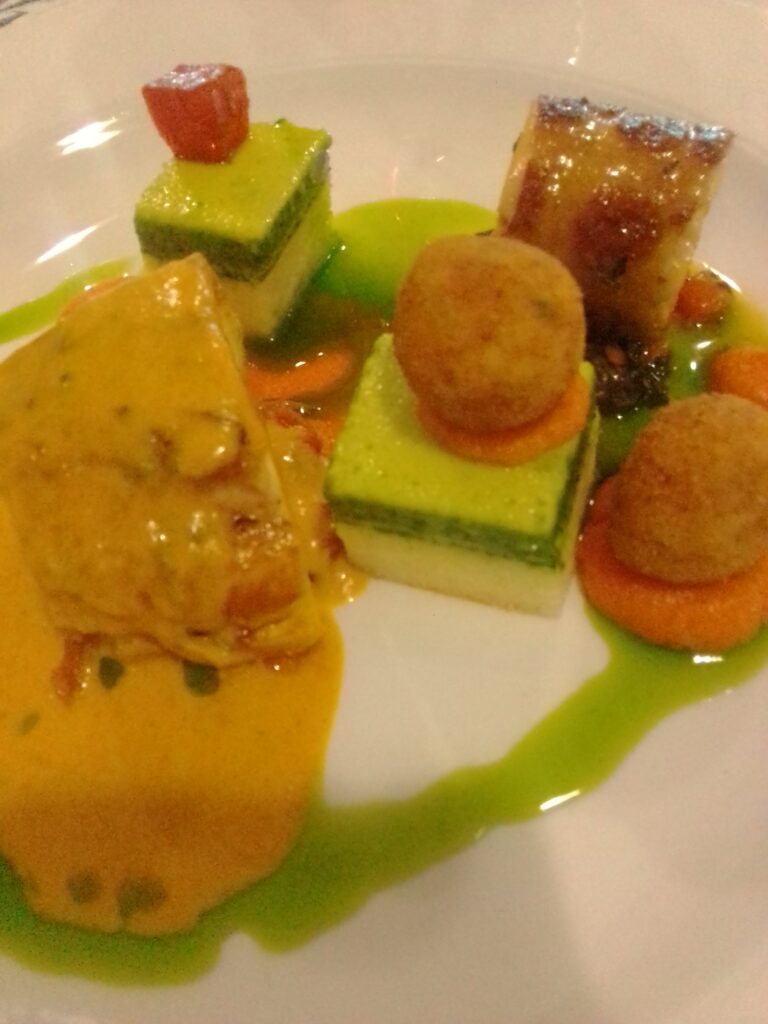
But of course when Covid-19 hit, it disrupted all those grand plans that Chef Siya had to put African food on the world map.
It is then that our discussion to sit down and talk about his food experience and inspiration started. But until now, as fate would have it, we really could not get to sit down and talk.
At UJ on Friday, however, the lunch was really great and the conversation among the guests centered on food as we enjoyed the dishes prepared by these young chefs. To tell the truth I never thought before that African cuisine influenced dishes could be turned into such a classy lunch treat like I experienced during the lunch. Common ingredients that are so common in African dishes that we take for granted, such as corn, chakalaka and green juice for example, were subverted radically, resulting in a sophisticated lunch treat that one will remember for a long time long after this lunch experience..
In the dishes Chicken was the mandatory ingredient to use but the menu story was around South African ingredients but the common thread was corn, such as sweet corn, dried rainbow corn for iNcatsha, Maize meal served with Morogo
“Incatsha is the corn dried that is used as seeds for the planting season. The corn is hanged in the rondavel where cooking with wood fire occurs and the wood smoke enhances the flavor. The corn is toasted on a heavy skillet (almost like pop corn but with no oil and it does not get covered) toasting dries it up and it is eaten like a pop corn. When Ground fine, it is called uMcuku. When the dried corn is boiled with water and salt, we call it iNkobe We also grind if very fine and this would be our homemade maize meal When pounded down, we get Umngqusho ( Samp ,” explains Chef Siya.



